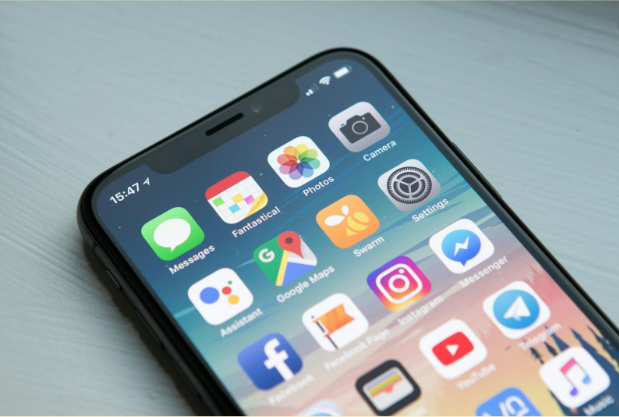Smartphones are supposed to make life easier. But sometimes they do the opposite. You install a new app that promises great features, yet soon your phone begins to slow down, crash, or drain its battery faster than before. The problem is not always with the new app itself but with how it interacts with others already installed on your device.
When certain programs compete for the same resources, the results can be frustrating. Conflicts appear in unexpected ways and can ruin your experience. Even entertainment platforms like aviator game parimatch depend on smooth performance, and any clash in background apps can disrupt your session. Understanding why these conflicts happen is the first step to fixing them.
What Causes App Conflicts?
App conflicts rarely happen by accident. They’re the result of how programs interact with your device’s operating system and with one another. Below are the most common reasons behind these frustrating issues.
Shared Permissions
Many apps request access to the same features — like your camera, microphone, or location data. When two programs attempt to control the same hardware at once, your device can struggle to prioritize which one should take the lead. This often leads to frozen screens or sudden software closures.
Background Services Overlap
Applications that run constantly in the background can compete for RAM or network bandwidth. For example, a messaging program syncing messages at the same time as a cloud backup app might overload the system. The result is lag, overheating, or sudden performance drops.
Modded or Unofficial APKs
Modified versions of popular apps can remove limits or unlock premium features, but they also bypass system safety checks. Without proper optimization, they often interfere with other apps or cause compatibility issues that the original developers never intended to fix.
Operating System Mismatch
Some apps rely on specific Android or iOS versions to function properly. After an OS update, older programs may fail to adapt to new frameworks or permissions. This mismatch can trigger repeated crashes or prevent the software from launching altogether.
Common Signs of Application Clashes
You may not recognize an app conflict right away. Many issues look like general phone problems. However, specific signs often point to clashes:
- Sudden crashes when opening or using particular apps
- Noticeable delays in response time
- Rapid battery drain without heavy usage
- Programs closing themselves for no reason
- Wi-Fi or mobile data dropping during use
- Overheating even when the device is idle.
If several of these issues appear often, two or more apps may be clashing. Because signs can develop slowly, early recognition helps you avoid bigger problems.
How to Fix App Conflicts
Solving app clashes doesn’t always require expert knowledge. With a few simple steps, you can identify the culprit and restore stability.
Identify the Problematic App
Start by checking which programs cause your phone to slow down or crash. Visit your device’s settings, review battery and memory usage, and see which software consumes the most resources. Those with unusually high usage or frequent crash reports are often the problem.
Clear Cache and Data
Temporary files can build up and create hidden conflicts. Clearing cache and data forces apps to reset without deleting your personal content. This step often resolves performance drops or recurring crashes.
Revoke Unnecessary Permissions

Two programs using the same permissions can interfere with each other. Go into your settings and disable non-essential permissions, especially for apps that don’t need constant access to your location or storage.
Update or Reinstall Apps
Developers frequently release patches to fix compatibility issues. Make sure your programs and system software are up to date. If the issue began after a recent update, uninstalling and reinstalling the app can sometimes restore stability.
Use Safe Mode for Diagnosis
Safe Mode temporarily disables all third-party apps and allows you to test your phone’s performance in a clean state. If the problem disappears, you’ll know that one of the installed programs is responsible. Re-enable them one at a time until the culprit is clear.
Final Takeaway
App clashes can make a powerful smartphone feel frustrating, but they are rarely permanent. By updating programs, adjusting permissions, and spotting resource-heavy software early, you can stop most conflicts before they grow. Your device should work for you and not against you.

